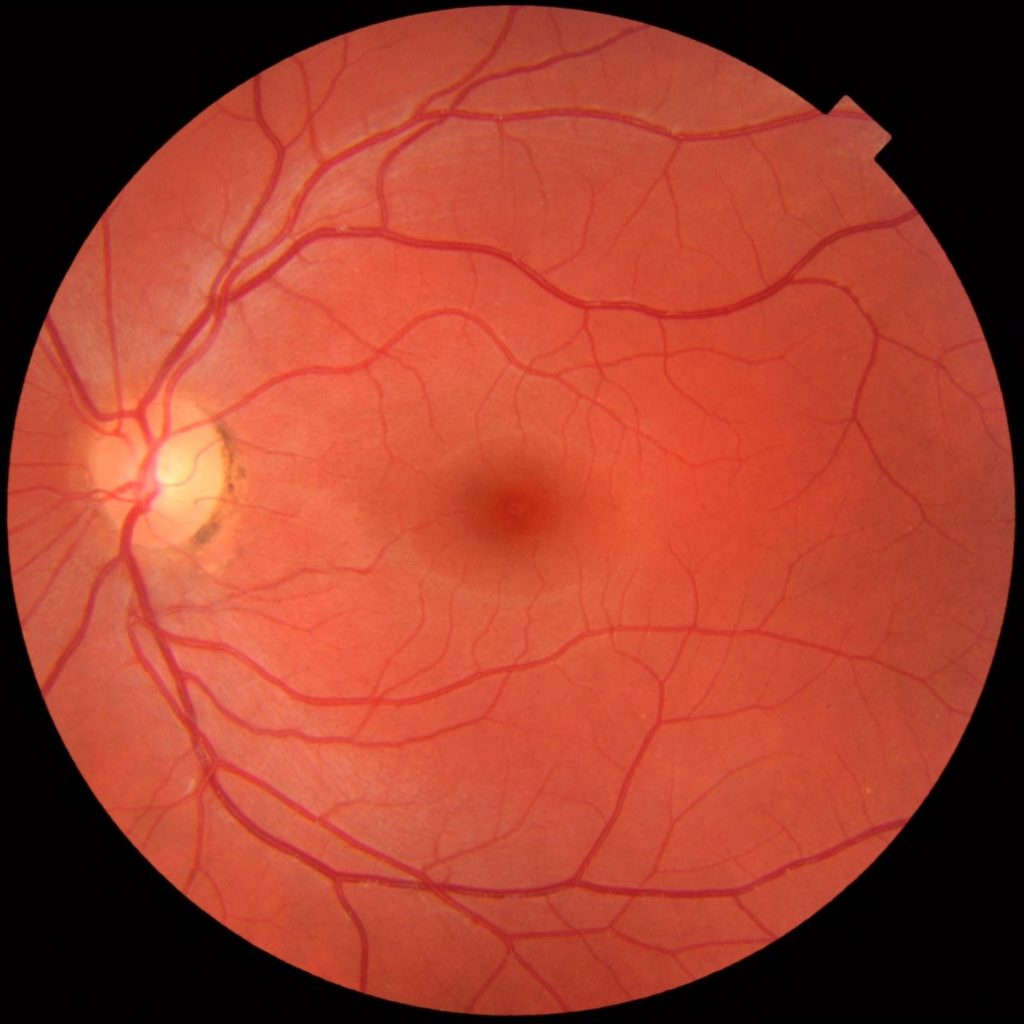Significance
Retinal ganglion cells typically fail to regenerate injured axons after injury, leading to permanent visual loss after optic nerve damage. Activation of intrinsic growth capacity, an energy-demanding process, facilitates axonal regrowth from injured neurons. Here, we demonstrate that M1, a small molecule that promotes mitochondrial fusion and motility, enhances intrinsic growth capacity of injured neurons and accelerates in vivo axon regeneration of injured neurons. More strikingly, M1 treatment sustains long-distance axon regeneration from optic chiasm to multiple subcortical visual targets in the brain. Regenerated axons elicit neural activities in target brain regions and restore pupillary light reflex and responses to looming visual stimuli. Our study highlights the potential of nonviral, mitochondria-based therapy for nervous system repair.
Abstract
Axon regeneration is an energy-demanding process that requires active mitochondrial transport. In contrast to the central nervous system (CNS), axonal mitochondrial transport in regenerating axons of the peripheral nervous system (PNS) increases within hours and sustains for weeks after injury. Yet, little is known about targeting mitochondria in nervous system repair. Here, we report the induction of sustained axon regeneration, neural activities in the superior colliculus (SC), and visual function recovery after optic nerve crush (ONC) by M1, a small molecule that promotes mitochondrial fusion and transport. We demonstrated that M1 enhanced mitochondrial dynamics in cultured neurons and accelerated in vivo axon regeneration in the PNS. Ex vivo time-lapse imaging and kymograph analysis showed that M1 greatly increased mitochondrial length, axonal mitochondrial motility, and transport velocity in peripheral axons of the sciatic nerves. Following ONC, M1 increased the number of axons regenerating through the optic chiasm into multiple subcortical areas and promoted the recovery of local field potentials in the SC after optogenetic stimulation of retinal ganglion cells, resulting in complete recovery of the pupillary light reflex, and restoration of the response to looming visual stimuli was detected. M1 increased the gene expression of mitochondrial fusion proteins and major axonal transport machinery in both the PNS and CNS neurons without inducing inflammatory responses. The knockdown of two key mitochondrial genes, Opa1 or Mfn2, abolished the growth-promoting effects of M1 after ONC, suggesting that maintaining a highly dynamic mitochondrial population in axons is required for successful CNS axon regeneration.







